Most security awareness programs exist for one reason: compliance. Companies check boxes, developers sit through modules, and everyone moves on. The result? Programs that meet the requirements but miss the point entirely.
Here's the disconnect: security teams speak in policies and mandates, and developers speak in logic and systems. The people who build your applications often feel like outsiders to the very programs designed to protect them; security feels like something imposed from above rather than integrated into them.
The irony runs deep, and developers create complex, interconnected systems every day. They understand dependencies, vulnerabilities, and cascading failures. Yet security awareness treats them as if they need to be told what to think rather than shown how to think.
Here's the truth: Developers resist irrelevance, and they welcome clarity.
When security feels disconnected from their daily work, they tune out, and when it makes sense, when it helps them build better systems, they lean in. Security awareness works when it evolves from instruction to understanding, from telling to showing, from compliance to craftsmanship.
The Developer Mindset: Logic Over Lectures
Understanding how developers think changes everything about how you approach awareness.
Developers value three things above all: clarity, autonomy, and purpose. They want to understand the why behind every rule. They want control over how they solve problems, and they want to know that what they are learning matters in the real world.
What falls flat:
Generic policies that could apply to any company in any industry, developers see through template content immediately, and they know when something was built for everyone and therefore built for no one.
Fear-based messaging rarely lands. "Hackers are watching!" might create urgency, but it also creates anxiety without direction, and as developers want to solve problems, fear alone provides no solution.
Mandatory click-through modules treat learning like a chore, and when awareness becomes something to get through rather than get from, the whole exercise loses meaning.
What works:
Real-world reasoning connects abstract concepts to concrete outcomes, it shows developers the logical chain: this decision leads to this vulnerability, which opens this attack vector, which results in this breach, as they understand systems thinking.
Proof through examples beats authority every time; developers trust evidence more than credentials; show them the code that failed, the exploit that succeeded, the fix that worked.
Empowerment always wins over enforcement; give developers the tools and knowledge to make secure choices themselves, and trust them to apply that knowledge in ways that fit their specific context.
The best security programs think with developers, walking beside them rather than standing above them.
Designing a Developer-First Awareness Program
1. Keep It Real
Abstract training creates abstract understanding; real-world scenarios create real-world awareness. Use recent vulnerabilities as teaching moments, anonymize them appropriately, then break them down and show the actual code, the actual mistake, the actual consequence. Developers learn best from real examples because they can see themselves in those situations.
Focus on cause and effect: one insecure function creates one breach vector; one missing validation opens one exploit path. Make the logical connection clear and direct; developers appreciate this precision.
Replace theoretical discussions with relatable breakdowns, and instead of "SQL injection vulnerabilities pose significant risks," try "Here's how a tiny oversight in this login function led to database exposure." Specificity beats generality every time.
Encourage critical thinking by asking questions rather than only providing answers. "What would happen if this input were malicious?" "How could this function fail?" "Where else in the codebase might this pattern appear?" Questions engage the problem-solving mindset developers already have.
2. Keep It Small
Developers learn through repetition over time, through building habits rather than attending events; short-form content fits into actual workflows, and five-minute modules teach one concept well. Single-problem explainers go deep on one issue. Visual snippets communicate quickly and stick longer.
Micro-learning works because it respects attention and builds retention. Instead of a two-hour training session once a year, try ten-minute lessons once a week; the spacing helps information move from short-term awareness to long-term practice.
Weekly or monthly challenges maintain momentum without overwhelming schedules. A security puzzle on Monday, a code review exercise on Thursday, a quick case study at the start of the month, small, consistent touchpoints build stronger habits than occasional deep dives.
Think about how developers already learn; they read documentation in chunks. They watch five-minute tutorials. They solve one problem, then another, then another. Security awareness should follow the same pattern.
3. Let Them Own It
Passive attendance creates passive awareness; active participation creates genuine engagement. Transform developers from audience members into contributors, reward team members who spot and report potential security issues, even minor ones, and provide recognition for them. A simple acknowledgement in a team meeting or a note from leadership reinforces the behaviour you want to see.
Celebrate teams that identify and fix vulnerabilities early in the development cycle, and make security wins visible. Share success stories about how a developer caught something during code review, preventing a problem before it reached production.
Create forums where security feedback flows freely in all directions, let developers ask questions, challenge assumptions, and propose solutions, and when security becomes a conversation instead of a mandate, people engage differently.
Build opportunities for developers to teach each other; peer learning often lands better than expert instruction because it comes from shared experience. When one developer shows another how they secured an API endpoint, both learn more deeply.
Ownership turns security from obligation into pride, when developers feel responsible for security outcomes, when they see themselves as security practitioners rather than just coders, the whole dynamic shifts.
Building Culture, Building Trust
Awareness thrives on psychology more than policy; the emotional environment around security determines how people engage with it.
Culture starts with tone. How does leadership talk about security? How do security teams communicate with developers? The words matter, but the attitude behind the words matters more.
Foster openness when vulnerabilities surface, every codebase has weaknesses, and every developer makes mistakes. When someone finds an issue, the response sets the tone for everything that follows. Treat discoveries as learning opportunities rather than failures to punish.
Encourage peer learning and shared knowledge. When developers teach each other secure coding habits, those habits spread naturally through teams, creating space for this organic knowledge transfer.
Consider building visible symbols of security excellence; some teams respond well to recognition programs, achievement badges, or friendly leaderboards, and keep these light and optional. The goal is celebration rather than competition, encouragement rather than pressure.
Establish shared accountability through team agreements, "We ship quality code. We ship secure code; one matters as much as the other." When security becomes part of the team identity, it stops feeling like an external requirement.
You build culture through trust and consistency, through showing up the same way every time, through meaning what you say and following through on commitments.
The Leadership Role: Security as a Shared Language
Leaders set the emotional tone for every initiative, and security awareness is no exception.
Security works best as a shared conversation rather than a top-down announcement. When leaders communicate about security, the framing matters enormously. Approaching risk with humility and transparency builds trust, acknowledging that security involves trade-offs and judgment calls rather than just rules makes space for real dialogue.
Change the language, instead of "Security said we can't do this," try "Let's explore how to make this safer." Instead of "This violates policy," try "Here's the risk this creates. How might we address it?" The shift from no to how opens up collaborative problem-solving.
Create bridge roles within development teams, security champions embedded in dev teams speak both languages, and they understand security concerns and development realities. They translate between worlds and catch issues early because they're already part of daily conversations.
When leaders treat security as craftsmanship, developers do the same. When leaders ask about security with genuine curiosity rather than just compliance checking, developers respond with genuine engagement, and the tone flows downward and outward.
The outcome you want: developers viewing security as part of their professional skill set, something that makes them better at their craft, something that improves the quality of what they build.
Measuring What Matters
Traditional metrics miss the point; completion rates tell you who clicked through modules, but they say nothing about behavior change, hours spent in training measure time, yet learning happens in moments of insight rather than duration.
Focus on indicators that reveal actual awareness:
Track the decline in repeated vulnerabilities, when the same security issues stop appearing in code reviews and testing, awareness is working, and when mistakes become less frequent, learning is happening.
Monitor time-to-fix improvement. How quickly do teams address security findings? As awareness grows, developers spot issues earlier, understand fixes faster, and implement solutions more effectively.
Pay attention to feedback quality from developers, are they asking better questions? Proposing thoughtful solutions? Engaging in security discussions voluntarily? These signals reveal genuine understanding.
Notice voluntary participation in security activities, and when developers join security office hours by choice, contribute to security discussions unprompted, or seek out additional learning resources, awareness has moved beyond compliance.
Treat measurement as a learning loop rather than a scoreboard, use metrics to understand what's working and what needs adjustment, share results to show progress, and celebrate improvement.
You measure awareness through habits that persist, through choices developers make when no one is watching, through the accumulation of small good decisions over time.
AppSecure helps organizations build security awareness programs grounded in how developers actually work and learn. The focus stays on behavior change through practical approaches, and real-world testing shows developers how vulnerabilities actually appear in their code. Humanized education speaks to technical minds with respect and clarity, and cultural design creates environments where security thrives naturally.
Every engagement starts with understanding, and how do your developers think? What motivates them? What challenges do they face? The program builds from there, tailored to your specific culture and context rather than imported from a generic template.
The goal remains consistent: helping developers treat security as part of their craftsmanship. When awareness becomes maturity, when security thinking becomes automatic, compliance follows naturally as a byproduct rather than an end in itself.
Frequently Asked Questions
- What makes a security awareness program developer-friendly?
Developer-friendly programs respect technical expertise, provide real-world context, offer practical tools, and integrate naturally into existing workflows. They teach through logic and examples rather than mandates and rules.
- How can organizations sustain engagement over time?
Sustainability comes from consistency, relevance, and respect. Keep content fresh and connected to current work. Maintain regular touchpoints without overwhelming schedules. Celebrate progress and acknowledge contributions. Make security conversations normal rather than special events.
- What KPIs indicate real awareness progress?
Look for declining vulnerability rates, faster remediation times, higher-quality security discussions, voluntary participation in learning opportunities, and positive feedback from development teams about security practices.
- Should awareness training differ by technical level?
Yes, thoughtfully. Senior developers benefit from architectural security discussions and advanced threat modeling. Junior developers need solid foundations in secure coding practices. Everyone benefits from real examples and practical application. Tailor depth and focus while maintaining consistent core messages.
- How can leaders make security awareness feel natural in the workflow?
Integrate security into existing touchpoints like code reviews, sprint planning, and retrospectives. Use the tools and channels developers already use. Frame security as quality rather than compliance. Lead by example through genuine curiosity and open dialogue about security challenges.
Security awareness works when it respects the people it serves. Developers bring intelligence, curiosity, and problem-solving skills to their work every day. Security programs succeed when they engage these strengths rather than work around them.
The shift from compliance to culture happens gradually, through consistent small actions rather than sweeping changes. Each clear explanation builds trust. Each real example creates understanding. Each moment of ownership strengthens commitment.
Security awareness should feel like a shared pursuit of better code and stronger systems. When it does, everyone wins: developers grow in their craft, organizations strengthen their security posture, and users benefit from more robust, trustworthy applications.
Start where you are, make one change, then another. Build awareness that respects intelligence, values clarity, and creates genuine understanding. The developers are ready. The question is whether your program is ready for them. If you are ready to build a program that speaks your developers' language- practical, respectful, and rooted in real testing- Schedule a call and build security that lasts.

Vijaysimha Reddy is a Security Engineering Manager at AppSecure and a security researcher specializing in web application security and bug bounty hunting. He is recognized as a Top 10 Bug bounty hunter on Yelp, BigCommerce, Coda, and Zuora, having reported multiple critical vulnerabilities to leading tech companies. Vijay actively contributes to the security community through in-depth technical write-ups and research on API security and access control flaws.





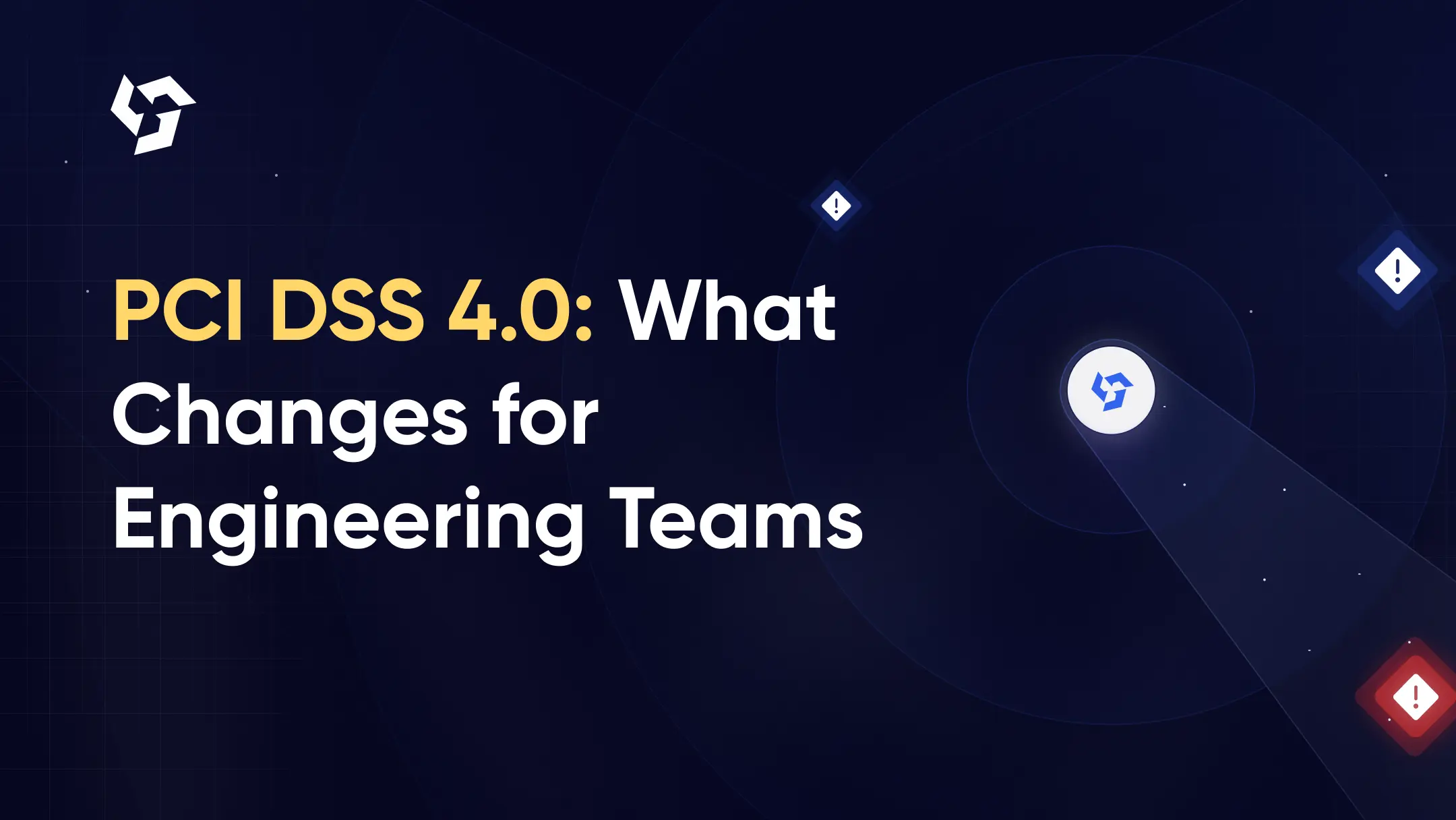
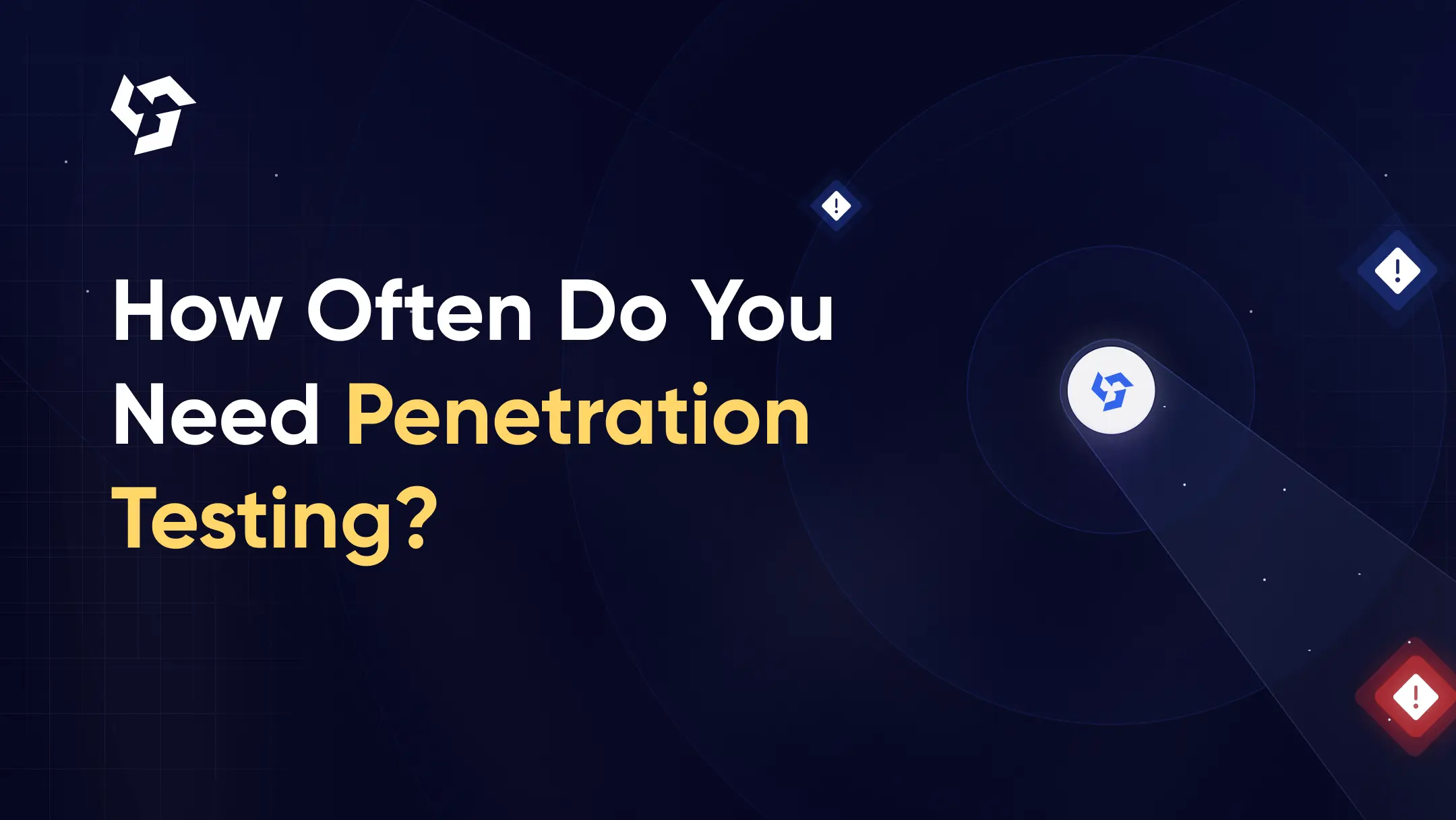
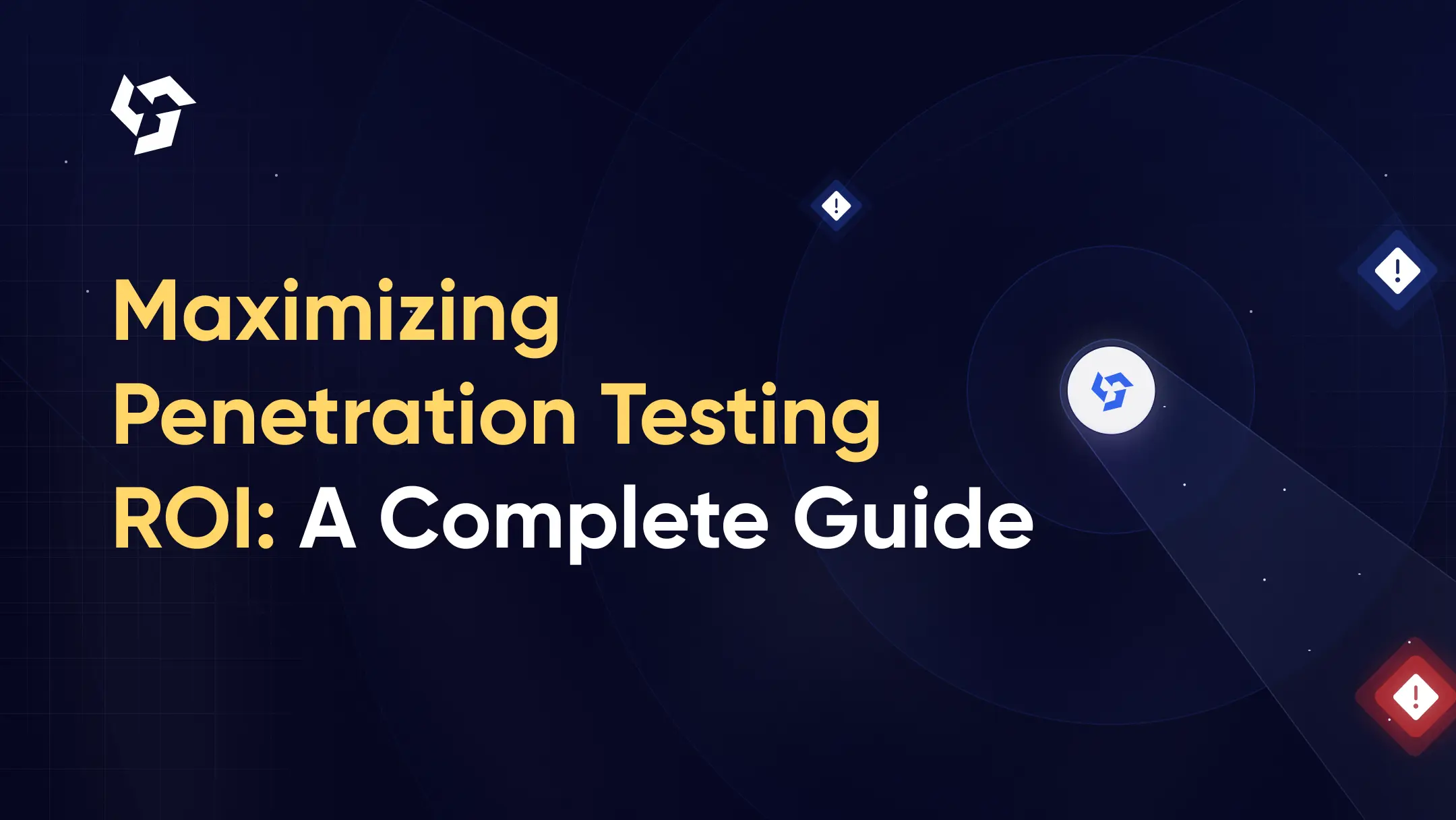

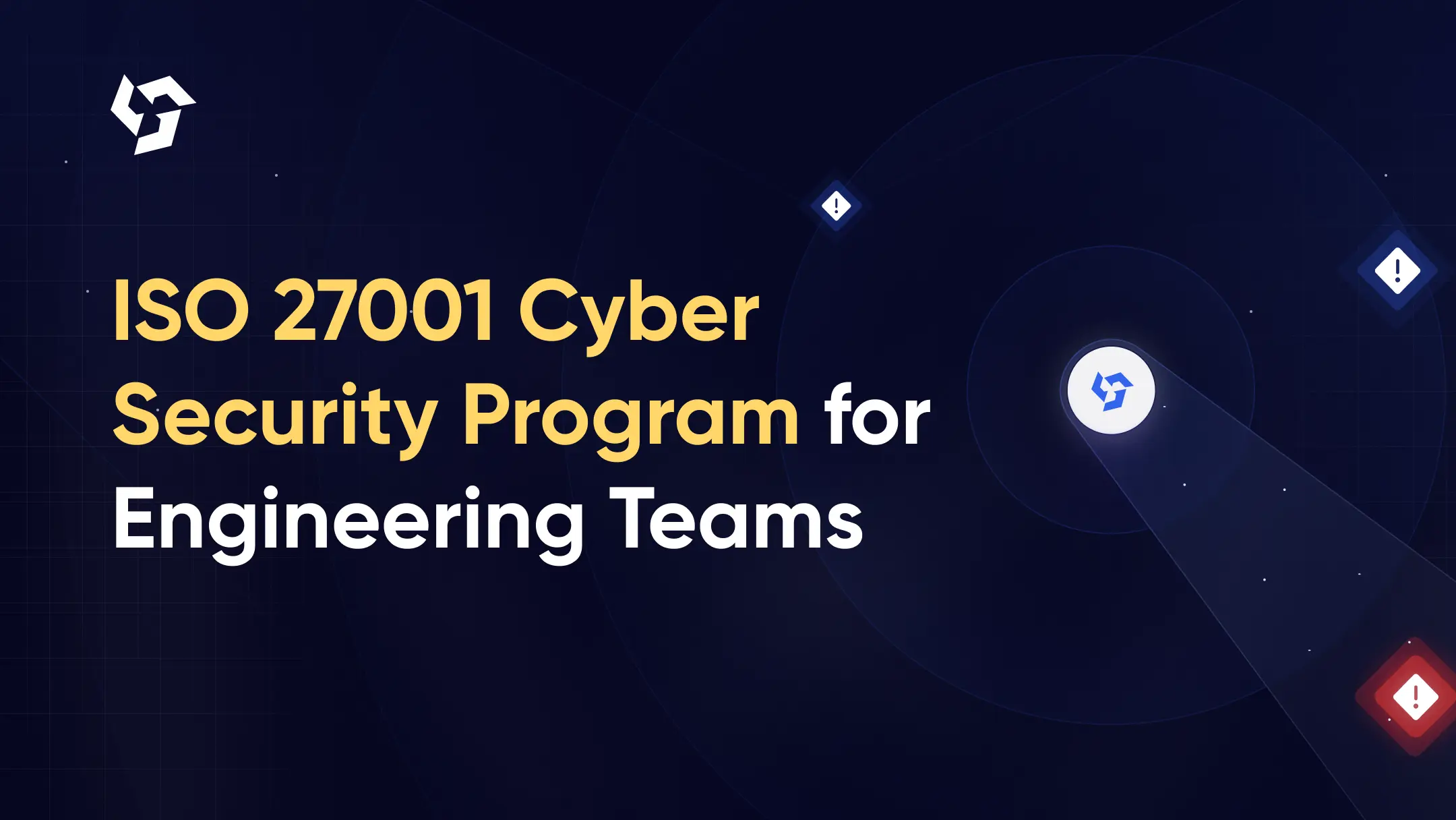

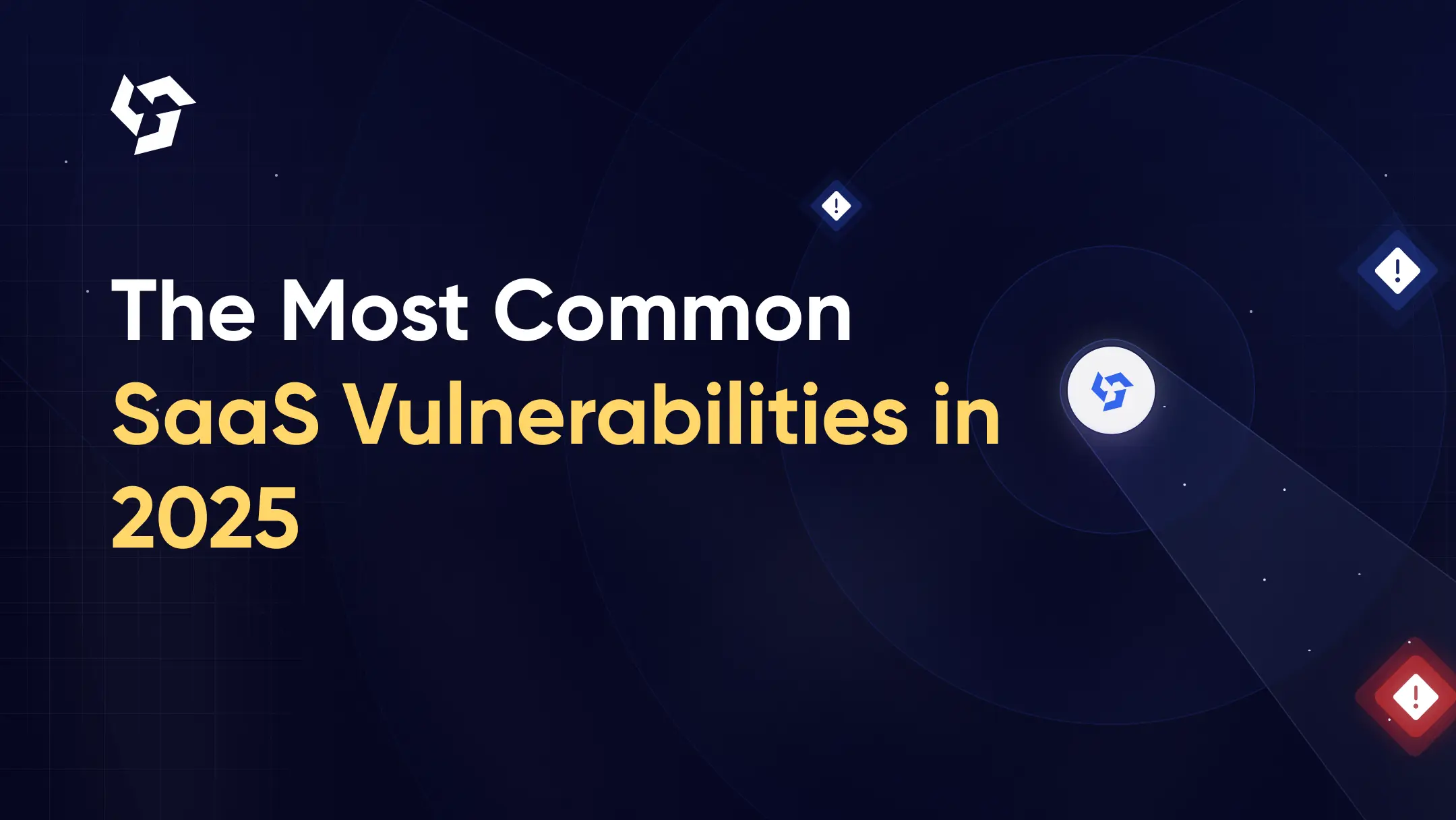






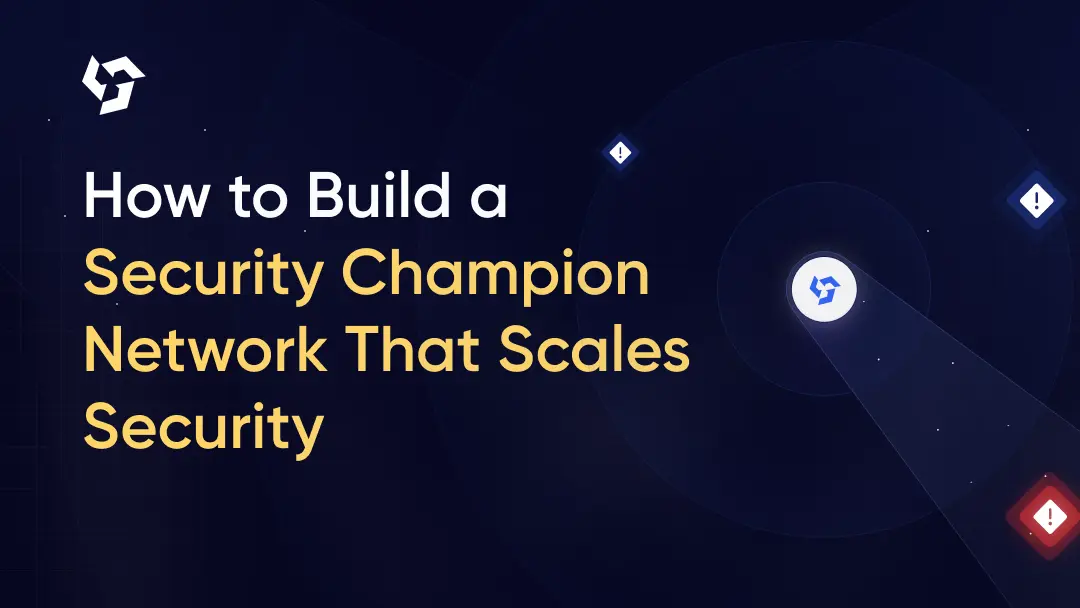





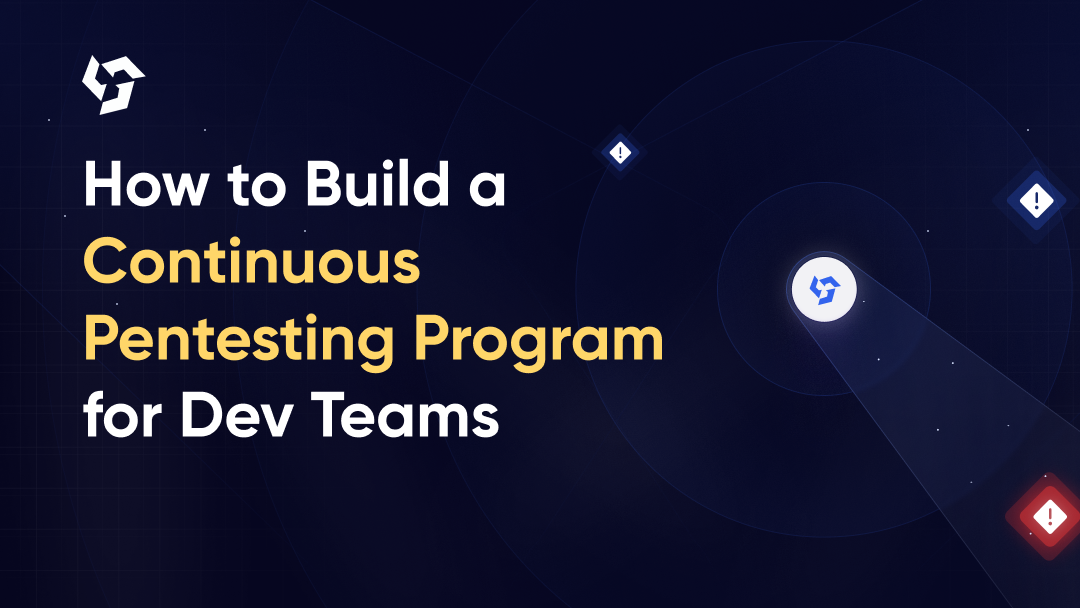






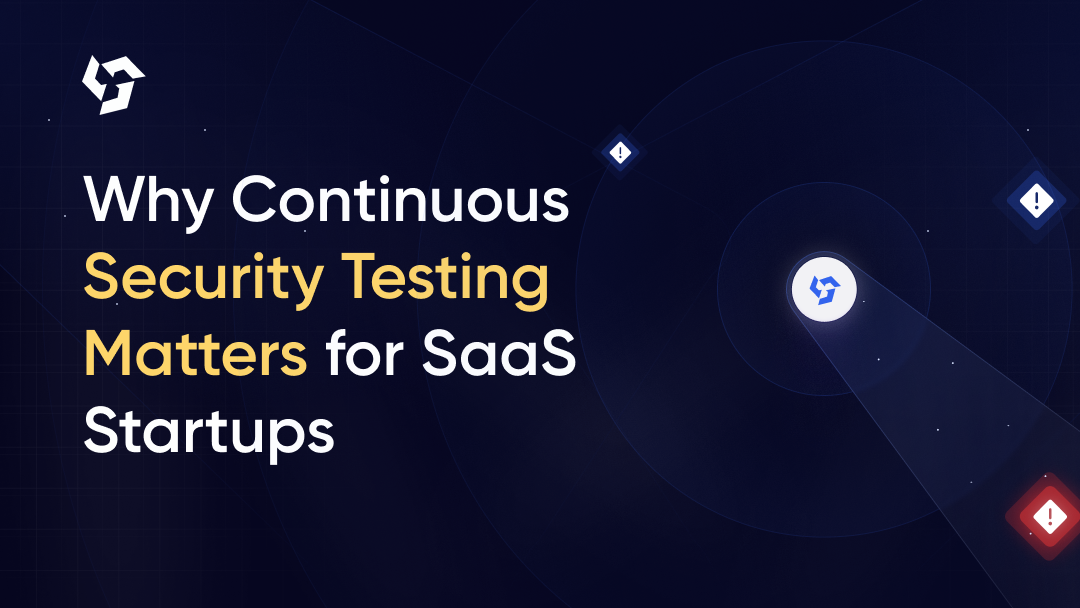


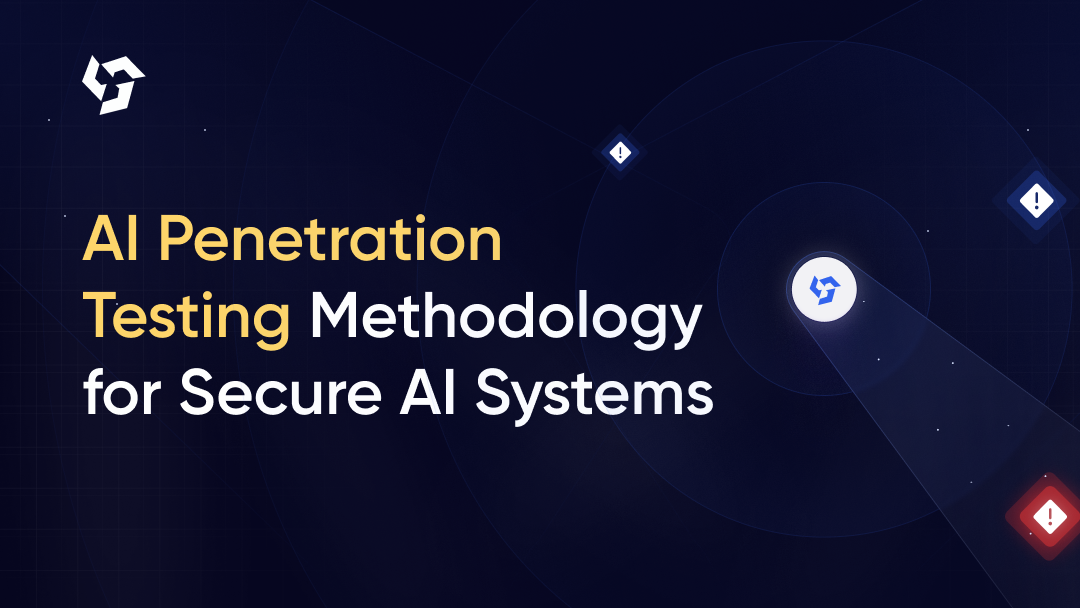

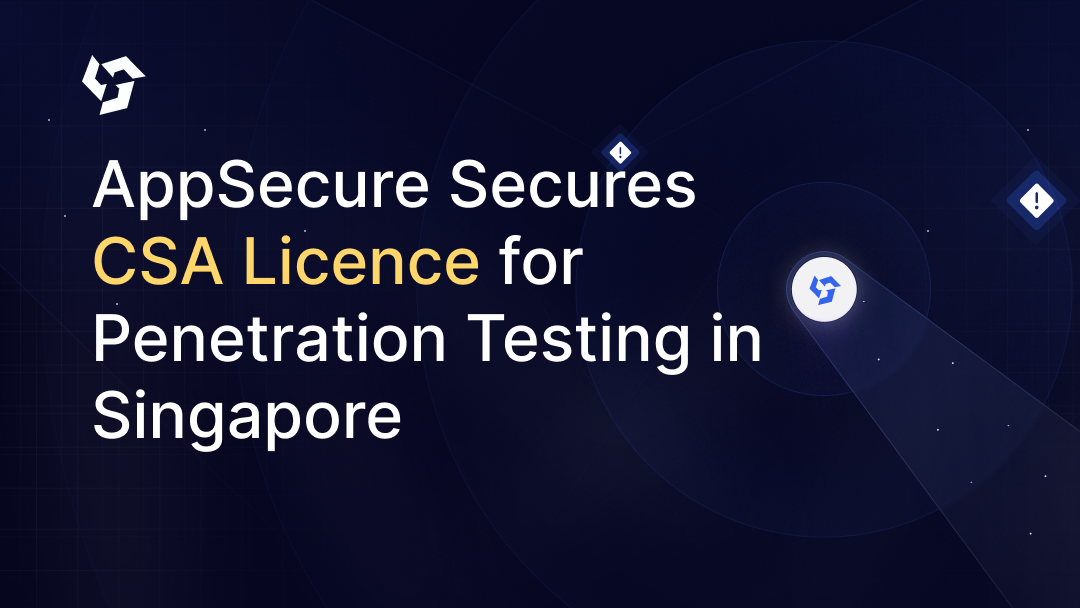
.png)
.png)
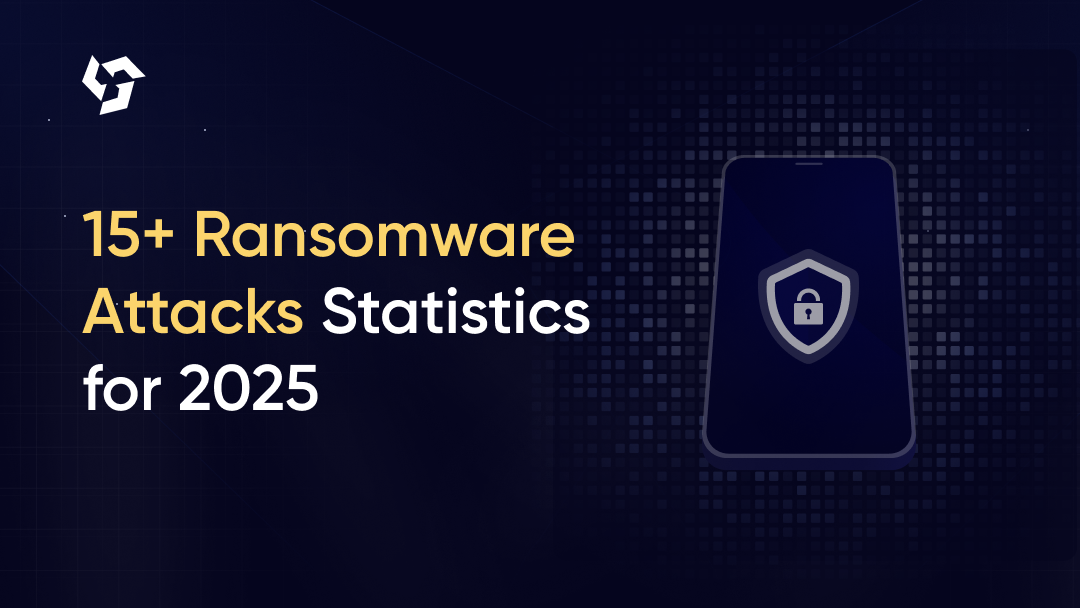
.png)
.png)
.png)
.png)
.png)
.png)

.png)
.png)
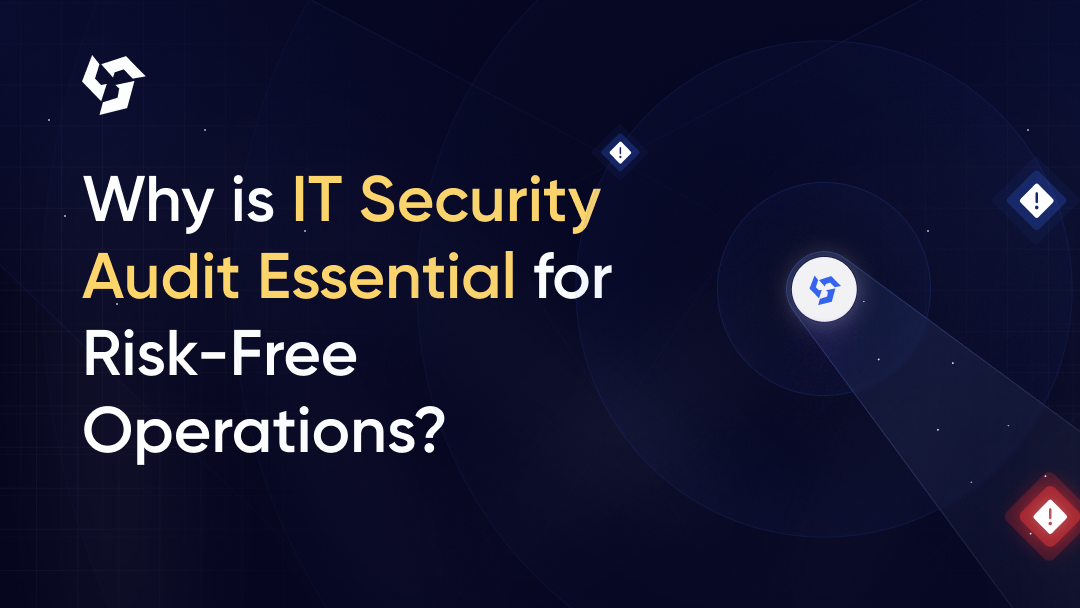


.png)




.png)
.png)
.png)
.png)
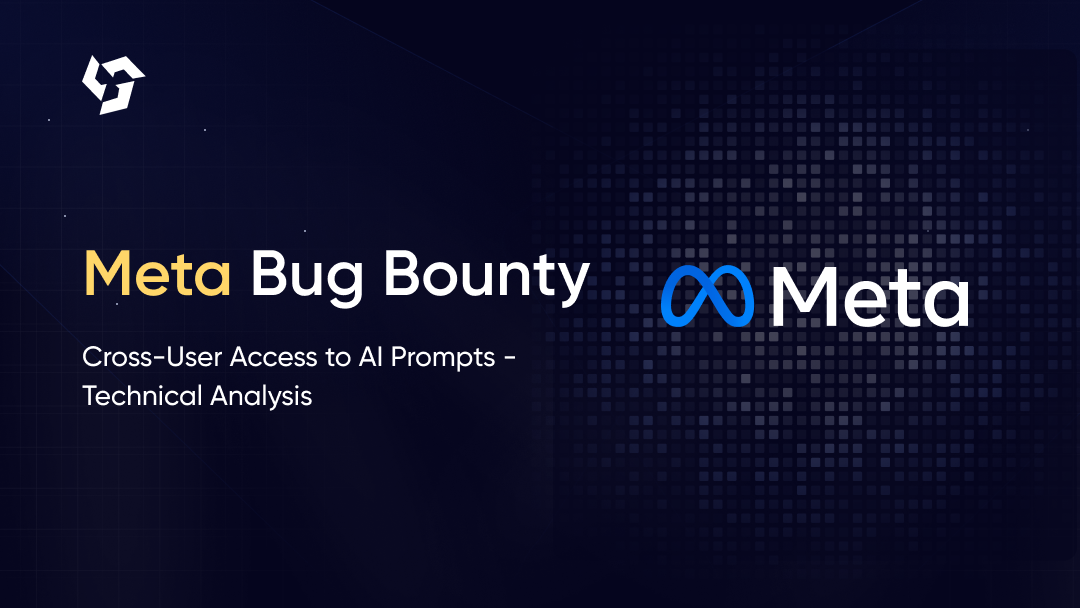
.png)
.png)
.png)

.png)
.png)
.png)
.png)
.png)

.png)









.webp)





.webp)


.webp)

.webp)



.webp)

.webp)
.webp)

.png)

.webp)
